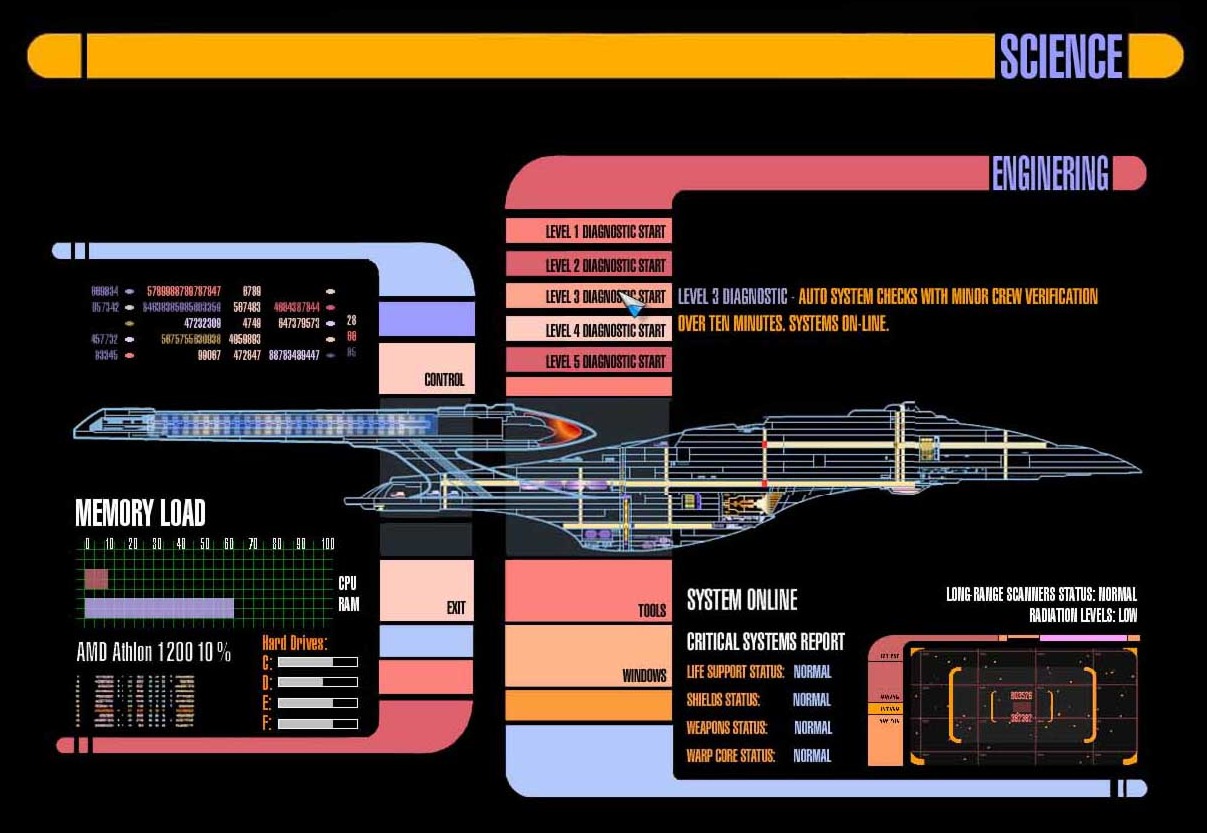Digital attackers in 2018 need to focus on one key challenge: “how do I deliver the best possible value to my clients, without significantly increasing cost.“
Monitor for user experience impact: As enterprises differentiate more and more via their digital user experience, all monitoring solutions must deliver clear and instant answers to the following questions:
- How many users are impacted by an outage?
- What user groups are affected? VIP clients, internal staff, the CEO, less important clients, and so on?
- Are there early warning signs for user experience impact down the road?
- And very importantly: enable developers to observe the impact of their releases on performance, complexity, availability, compliance, and security.
 All actions taken by IT operations must be aligned with business priorities. This will silence the screaming CEO.
All actions taken by IT operations must be aligned with business priorities. This will silence the screaming CEO.
Once these core questions are addressed, think about how to train the system to auto-remediate or even resolve root causes based on the business importance of their symptoms.
Bring containers under operational control: EMA primary research has shown that in 2017 there has been a lot of ‘wild growth’ in containers, leading to the majority of enterprises struggling with container environments that are not under the control of central IT. To address this operational risk, central IT has to get back in the driver’s seat to manage container infrastructure in both, an app and infrastructure centric manner.
 We need to get back to the key principle of enabling the owners of the SLA to also control all relevant factors
We need to get back to the key principle of enabling the owners of the SLA to also control all relevant factors
Unify your automation: In 2018 enterprise IT and development groups need to accelerate the consolidation and centralization of infrastructure, middleware and application scripts. This challenge is non-trivial as each administrator and developer brings and creates his or her own scripts on an ongoing basis. Discovering, parameterizing, consolidating and centralizing the management of these scripts will require some detective work.
 We all bring our own scripts and when we leave, we leave them behind. Mostly unparameterized and undocumented.
We all bring our own scripts and when we leave, we leave them behind. Mostly unparameterized and undocumented.
Focus on meshing services: Meshing services into loosely-coupled higher level applications will enable enterprises to dynamically assemble already existing capabilities. In 2018, the focus should also be on extending the corporate security framework to enable the use of external microservices for internal apps.
Move up the stack: In 2018, development groups will need good reasons for not leveraging serverless functions or serverless containers. Enabling developers to simply upload code without direct operational impact optimizes scalability, while minimizing cost.
Transform your staff: Every job title that ends in ‘admin’ needs to start transforming into a more application-centric role that is closely aligned with the corporate value proposition. Administrators need to strive toward automating most of their tasks to facilitate policy driven and automated application provisioning and management. IT departments failing to meet this challenge will be outcompeted by public clouds.
Focus on your edge strategy: Processing data closer to the end user is quickly becoming a key differentiator. For example, Amazons DeepLens camera runs Tensor flow and Lambda to enable applications to trigger actions without communicating with the datacenter or sensors. Additionally, enterprises can bring native cloud runtime environments closer to their staff and customers by no longer consuming them from AWS entirely, but replicating them in the data center or at remote offices. In 2018, enterprises are challenged to evaluate their application portfolio to identify areas that would instantly benefit from moving to the edge.






